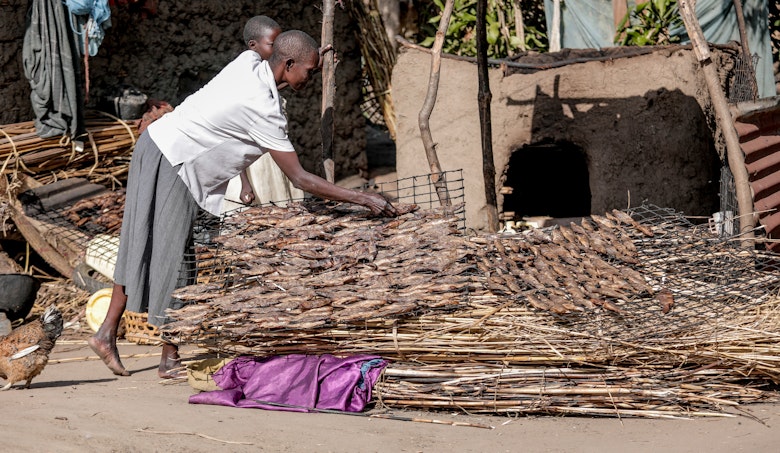Action against Child Labour (Kenya)
Three out of ten Kenyan children have to work to survive. In Busia County, on the border of Kenya and Uganda, this number is even higher. Many children are engaged in child labour. They live in deep poverty and are forced to do heavy and dangerous work. Together with our partner Investing in Children and their Societies (ICS) we work to prevent and respond to child labour in this area.
Evans Munga
Project Manager- Kenya
Background
Child labour is extremely harmful to children’s health and development. Children spend long days doing work that is not appropriate for their age and even puts them at risk, for example when they have to handle dangerous tools or toxic substances, chemicals and pesticides. They work as motorbike drivers, in hotels, food stalls, in the market, in construction or in housekeeping. For some the situation is even worse. Some children are recruited for smuggling or forced into prostitution.
Poverty is the biggest risk factor for child labour. Children grow up in families where there is not enough food and where there is no money for school. A second risk factor is the family situation. Many children come from single-parent families or child headed households. Moreover, many parents do not know what child labour is and how to protect their children.
Extra risk at the border
The exploitation takes place in different ways. Kids have no idea about a minimum wage. They are put to work for very little money or they work long days without pay, in exchange for food and shelter. Moreover, child labour violates the basic rights that every child has. Child labourers cannot play, do not go to school and do not receive the care they need. Children themselves do not know that child labour is a form of abuse and that their rights are being seriously violated. They are just trying to survive.
In the border region between Kenya and Uganda, children are at extra risk. They are less intensively controlled at the border crossing and are therefore an easy target for people with bad intentions. For example, human traffickers take children across the border. There they are sold as cheap labour or to be sexually exploited. Or children are exploited by truck drivers and used for illegal activities such as smuggling of drugs.
Goals
Our goal for 2025 is to inform, assist and mobilise 10,000 children and 50,000 family and community members in the fight against child labour.
We focus on improving prevention of and response to child labour while mobilising and strengthening capacity of key stakeholders including children to advocate for systemic change.
Approach
To identify and address child labour in the Busia region, we proactively seek collaboration with:
- Children and families
- Village elders, church leaders and volunteers from the local community
- Local governments
- Entrepreneurs in the service sector
Partner
In this project, Terre des Hommes Netherlands partners with the organisation Investing in Children and their Societies (ICS). ICS offers children a safe and stimulating environment to grow up in. This means children are protected from violence and abuse and their parents can provide for them (food, clothes, education). Together we have the knowledge, resources and expertise to successfully tackle the enormous problem of child labour.

